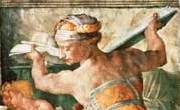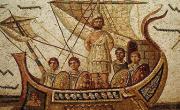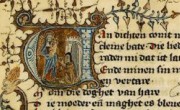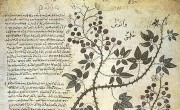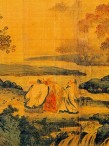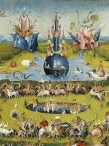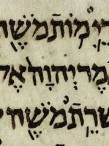The meaning of life is a question that spans the totality of existence. How does one teach a one-semester course on the subject? What exactly do students learn?
Perhaps the words of the Greek philosopher Epicurus could serve as a course motto: “let no one be slow to seek wisdom when he is young nor weary in the search of it when he has grown old. For no age is too early or too late for the health of the soul.”
The students learn that a search for meaning is an exciting intellectual endeavor and an existential challenge of great practical importance. We explore a variety of perspectives on life-meaning in philosophical and religious texts, in art, fiction, and autobiography; and through a series of on-going projects we draw parallels between the texts and the real life dilemmas we face.
The course is divided into three units: A Life Worth Living: Humanity’s Ideals focuses on the ancient and modern visions of harmonious existence and human flourishing; Threats to Meaning: Humanity’s Discontents discusses the disillusionments leading to the loss of meaning and purpose; Recovery of Meaning: Crises and Hopes explores the possibilities of self-discovery and growth as a result of a major crisis.
The units are “bookended” by two remarkable texts: the Old Testament’s jewel, Ecclesiastes, a series of prophetic reflections on the fleeting character of life, and Hermann Hesse’s philosophical novel Siddhartha, a symbolic story of a young Brahmin’s life-journey.
PRINT AND ONLINE RESOURCES
Syllabus
Core Readings
Assignments
Student Work
Coursepack (to be published soon)
Lesson plans & Lecture notes (to be published soon)
Bibliography
Filmography
Art Collection
Multimedia
